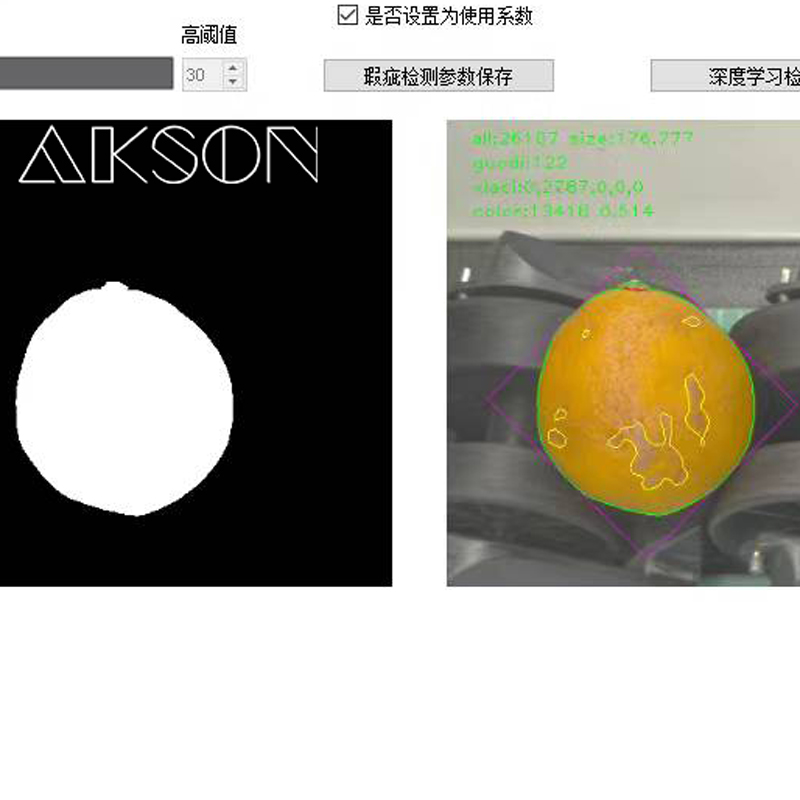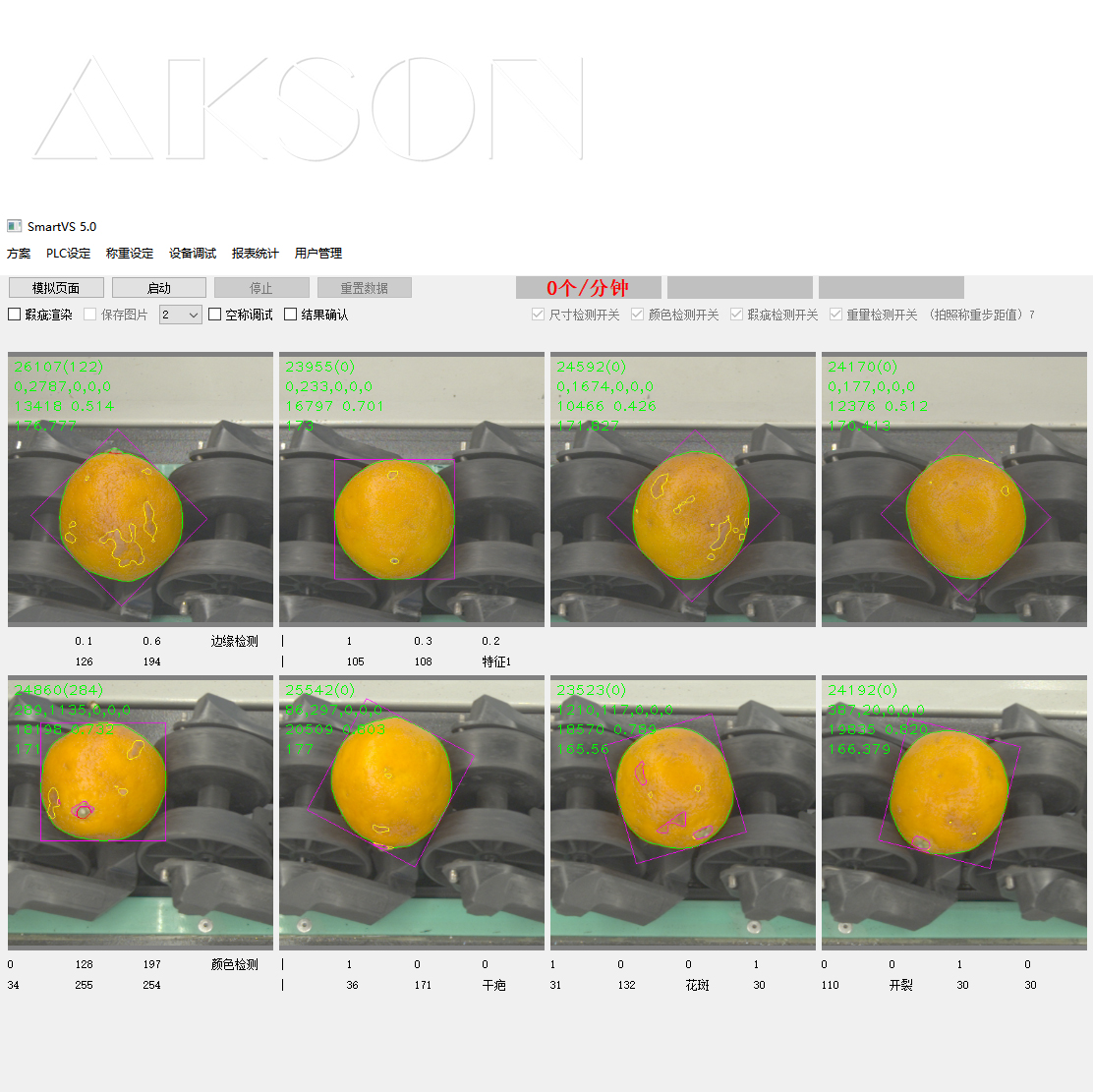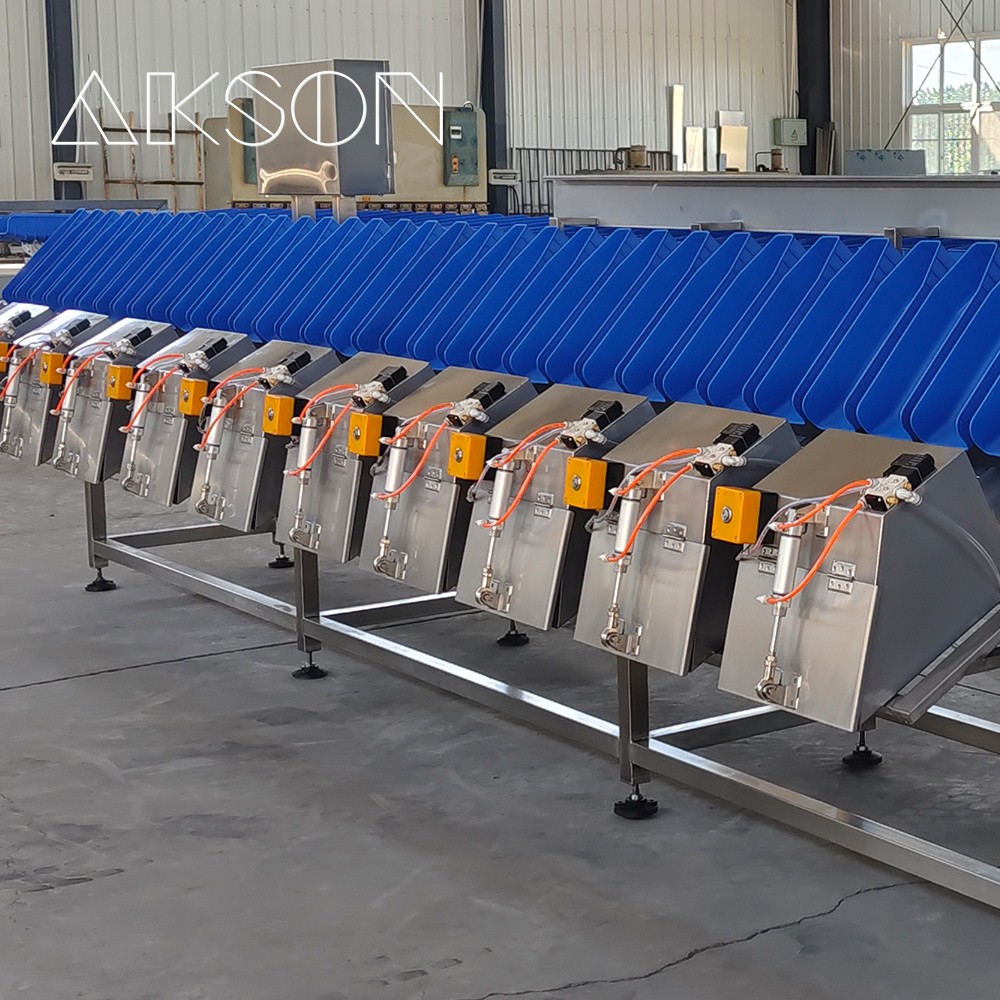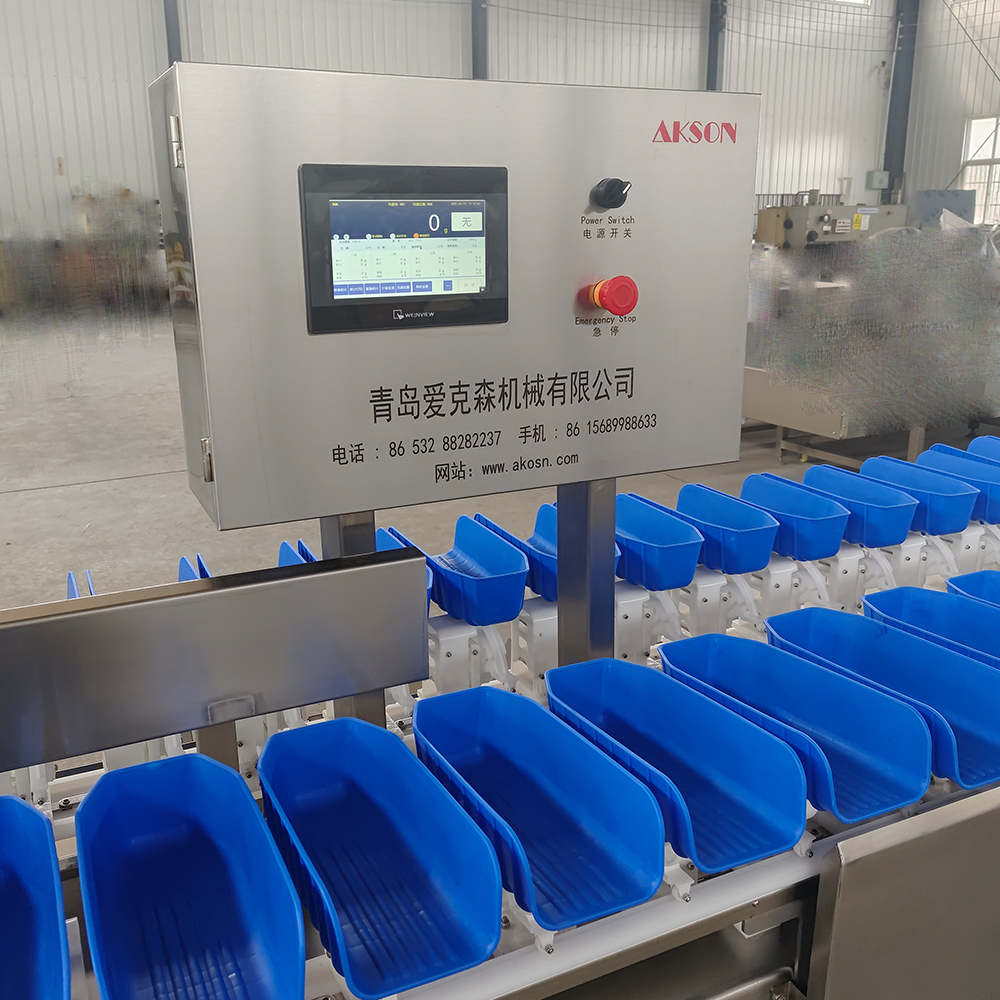Neural network deep learning is a type of artificial intelligence that enables computers to learn and improve without human intervention. This technology has revolutionized the way we sort and grade objects, especially in the food industry.
One application of deep learning in visual sorting is apple grading. Apples can be sorted by size, color, and defect using machine vision and deep learning algorithms. By analyzing images of apples, a neural network can determine which apples are the best quality and which ones should be discarded.
In apple grading, size is an important factor. Large apples are usually preferred over small ones, so the sorting machine will separate them accordingly. The neural network can also detect the color of the apples, which is important for marketing and pricing purposes. Apples with more vibrant colors are usually more desirable to customers, so they can be sorted and marketed separately.
Another important factor in apple grading is defect sorting. Apples with bruises or other defects can be separated from the rest using machine vision. The neural network can detect the presence of defects and classify the apples accordingly.
Color sorting is also a common application of visual sorting using deep learning. In industries such as textile manufacturing, color sorting is crucial for maintaining product quality. By using machine vision and deep learning algorithms, color sorting machines can identify and separate fabrics of different colors with high accuracy.
One of the benefits of using deep learning for visual sorting is that it can learn and adapt to new patterns and changes in the objects being sorted. As the neural network is exposed to more images of the objects, it can improve its accuracy and precision. This means that the sorting process becomes more efficient over time, reducing errors and increasing productivity.
Overall, deep learning has transformed the way we sort and grade objects. With its ability to learn and adapt, it has opened up new possibilities in industries such as food and textile manufacturing. As the technology continues to improve, we can expect to see even more innovative applications in the future.
 weight sorting machine, grading mahcine
weight sorting machine, grading mahcine



